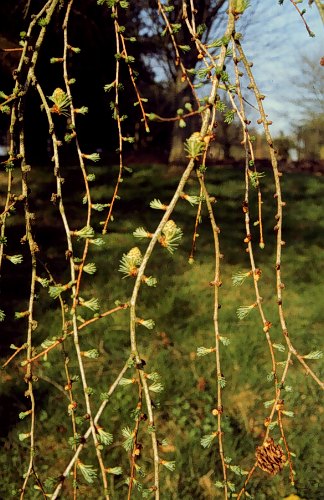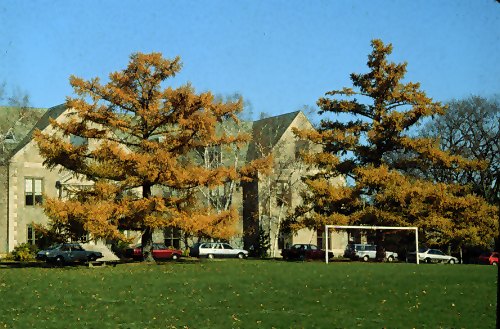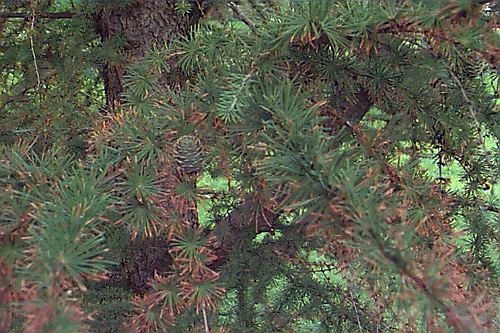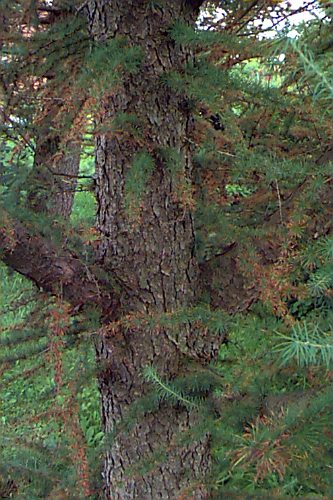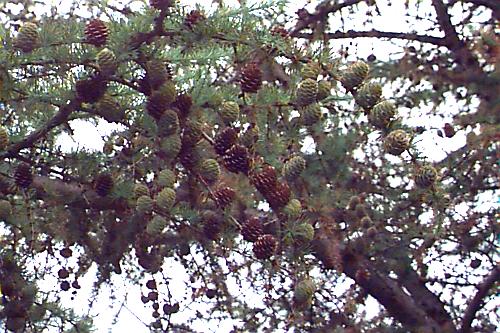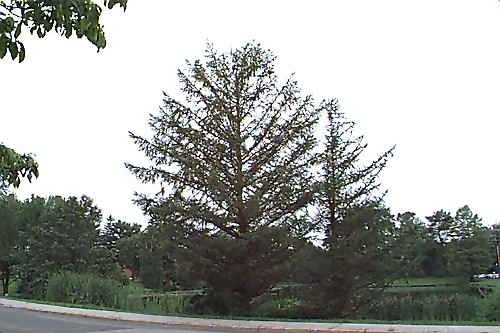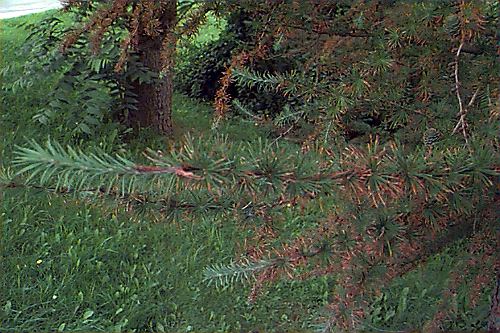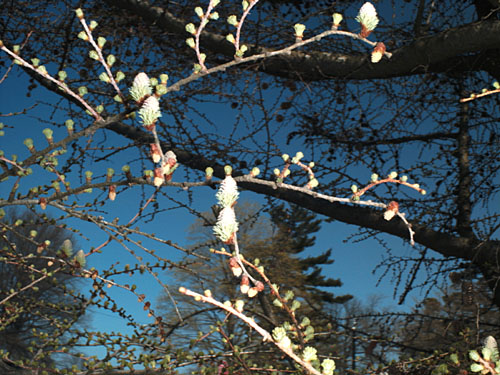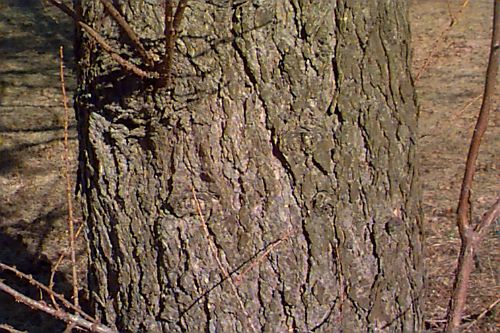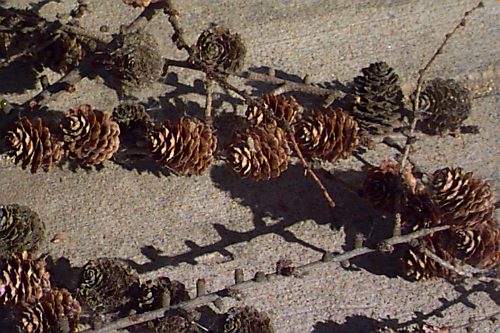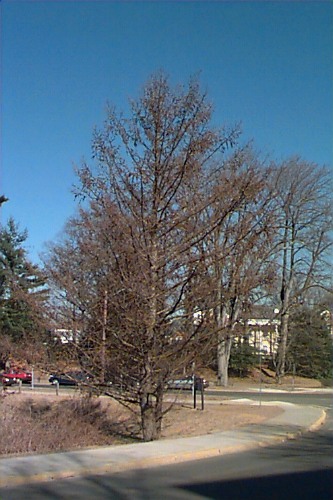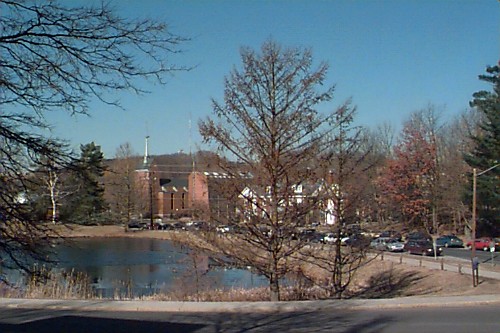Larix kaempferi
Japanese Larch
Pinaceae
ExpandHabitat
- native to Japan
- Zone 4
Habit and Form
- deciduous conifer
- 80' to 90' tall by 30' to 40' wide
- very open conical shape
- slender pendulous branchlets on heavy lateral branches
- fine to medium foliage texture, coarse in winter
- moderate to fast growth rate
Summer Foliage
- deep green needles with two with stomatal lines on underside
- 1" to 1.5" long
- needles spirally arranged on long shoots
- needles in clusters of 40 or more on short spurs
- buds are brown, pointed and conical in shape with fringed scales
- buds are resinous
Autumn Foliage
- needles turn gold before dropping
- typically showy
Flowers
- monoecious
- both male and female strobili cover tree in early spring
- female: egg-shaped and about 0.25 to 0.75" long, in reds, pinks, yellows, or green
- male: smaller and yellow
- moderately attractive
Fruit
- medium brown cones, stalked
- 1" to 1.5" long
- scales are overlapped, forming a rosette appearance
- cones have reflexed scales
- cones are persistent
Bark
- grayish brown outer bark in thin, elongated plates
- inner bark is a reddish color
- dark brown young stems are furrowed and usually covered with some brown pubescence
Culture
- easily transplanted when dormant
- well-drained, slightly acidic to neutral soil is best, but can tolerate poorly drained soils
- should be planted in the open, in full sun
Landscape Uses
- open areas: golf courses, campuses, parks
- specimen
- good fall color
Liabilities
- needs sufficient room to develop ideal form and habit
- less hardy than L. decidua
- larch case-bearer, woolly aphid and sawfly are pest problems
- accumulation of cones and debris on ground
- intolerant of shade, drought, pollution, and chalky soils
ID Features
- spurs on branches
- cones have a rosette shape
- cones have reflexed scales
- red-brown shoots
- 2 white stomatal lines on underside of needles
- cones are persistent on tree
Propagation
- by seeds, grafts, and cuttings
- cultivars: by grafting
Cultivars/Varieties
Numerous types have been discovered, but all one finds usually are the weeping cultivars.
'Blue Rabbit' - A shrubby form with irregular growth, this cultivar has bluish needles.
'Diana' - This is a very unusual form with contorted, twisted branches that resemble Corylus avellana 'Contorta' (Harry Lauder's Walking Stick).
'Pendula' (also listed as 'Inversa') - This is an umbrella name for various weeping larches of uncertain parentage. They usually form mop-headed small trees with distinctly pendulous branches.
